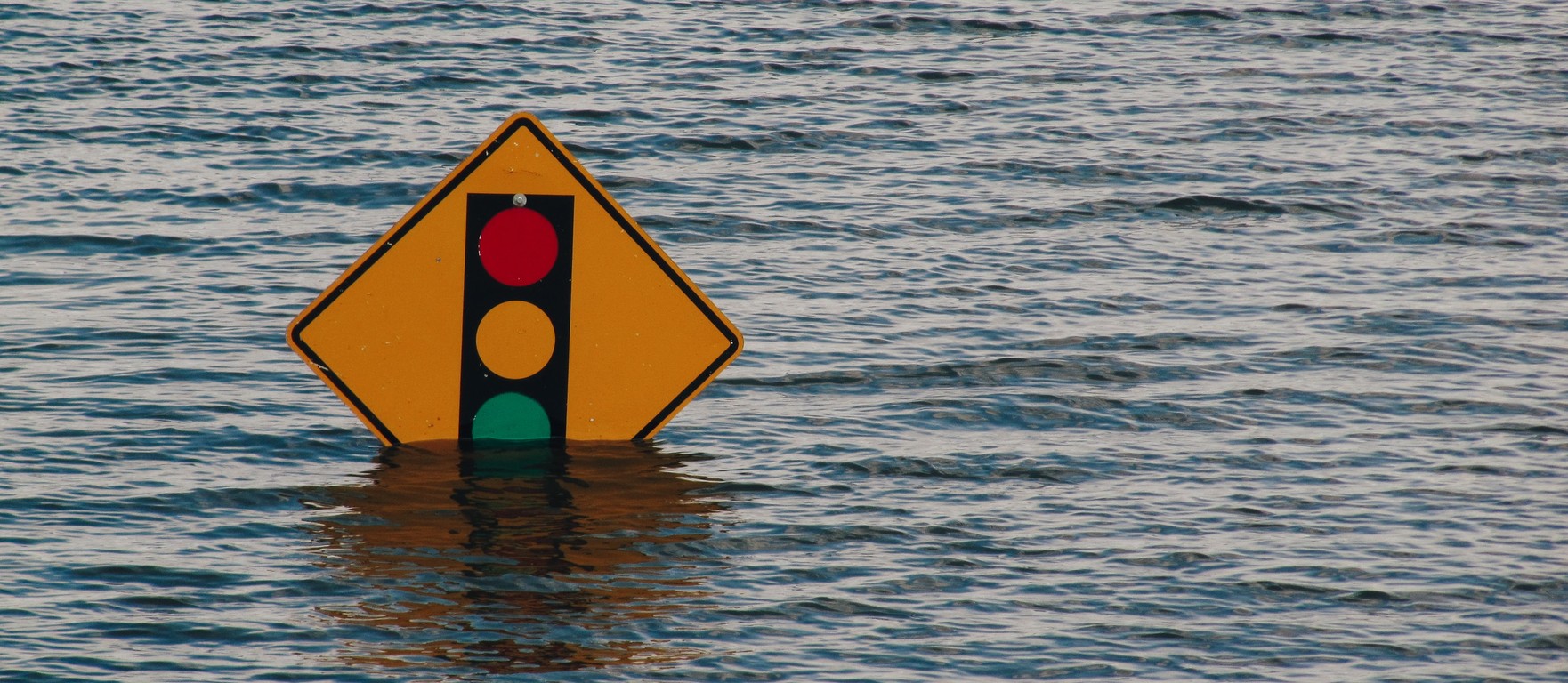
In CEE, flooding is the most feared impact of climate change
21. 07. 2022 – Lomond
As Europe bakes in the extreme heat, it is worth remembering that, almost exactly a year ago, the continent saw another extreme weather event: the severe floods that affected a huge number of countries from the UK across to Romania. At least 243 people died, nearly all of them in Germany and Belgium. The damage to infrastructure was also severe, estimated at a minimum of €10 billion in total.
The scientific community and news media – as well, in fairness, as policy-makers across Europe – were very quick to connect the floods to climate change, because the European Environment Agency (EEA) had been warning for a long time that, while climate change would intensify drought conditions in the Mediterranean region, it would increase the risks of river flooding in North Western Europe and Central & Eastern Europe – as illustrated by this EEA map, which shows regional trends in annual river flood discharges in Europe between 1960 and 2010:

The map actually suggests that the major threat is in North Western and Central (rather than Eastern) Europe, but the European Commission’s Joint Research Centre explored this in depth in a technical report in 2020. The report showed that, in purely economic terms, flooding is a serious issue across the whole of CEE, not just the Central European countries:

The report came out just before the big floods last year, and it would be interesting to know whether, with the benefit of hindsight, these forecasts might have been more balanced towards North West Europe. But in the context of the current heat wave, the most striking details in the report were the forecasts for different warming scenarios. It projected that, unless global warming is kept at 1.5°C above pre-industrial levels, flood losses would grow faster than GDP, and hence have a greater impact on the EU economy. In a 2°C warming scenario, it predicted that annual economic losses due to flooding in the EU could be 2.7 times larger than current levels in thirty years’ time.
It’s a sobering thought, but the report is not fatalistic. It’s also a reminder of how much can still be done to prevent the worst outcomes – both by reducing warming and by implementing adaptation strategies to reduce future flood impacts. But that will require action and an awful lot of money – underpinned, as ever, by an understanding amongst policy-makers that the time to act is now.